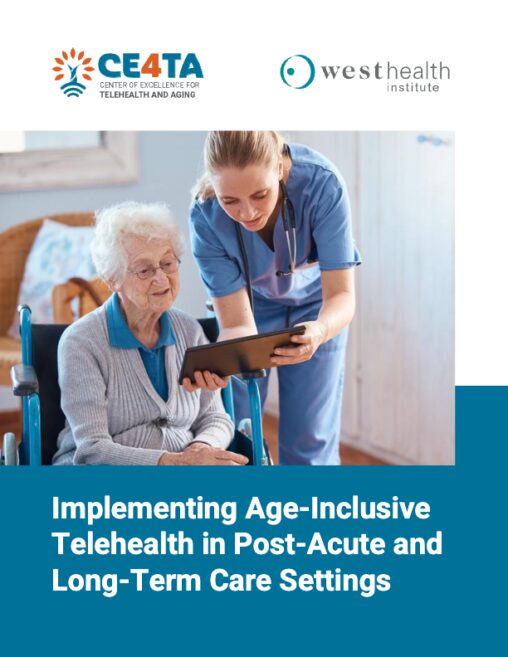Toolkit
Implementing Age-Inclusive Telehealth in Post-Acute and Long-Term Care Settings
A Guide to Sustainable and Person-Centered Care
Integrating telehealth into post-acute and long-term care (PALTC) settings is essential for addressing the unique healthcare challenges faced by older adults. This guide outlines the benefits of telehealth, the impact of the COVID-19 pandemic on its adoption, and provides practical steps for implementing and sustaining age-inclusive telehealth services.


